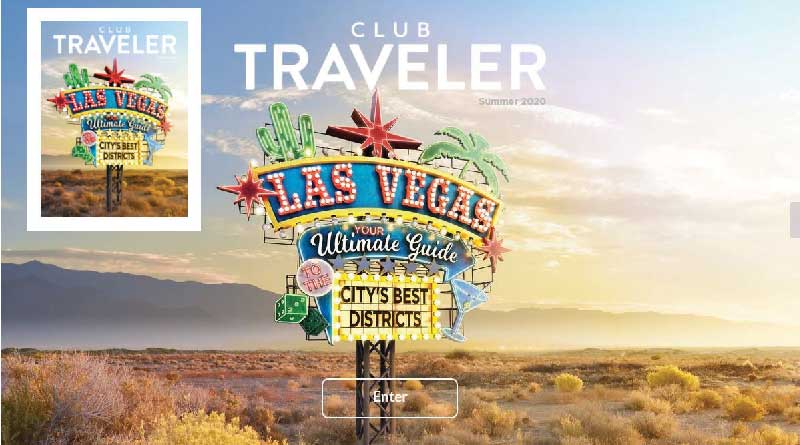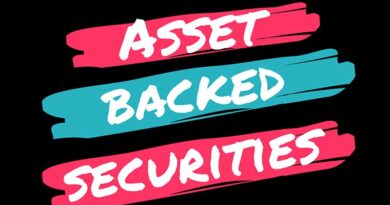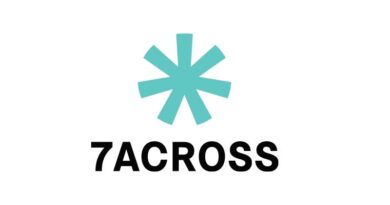3-Steps for Leveraging Digital Communication
As with most unforeseen events, COVID-19 forced many organizations to take a critical look at planned business initiatives and set off on a new course of action. Companies that have weathered the storm successfully have not only shown great flexibility and adaptability but also leveraged all the communication tools at their disposal. The timeshare and hospitality industries were no exception.
For Hilton Grand Vacations’ (HGV’s) flagship member magazine, Club Traveler, the impact was significant. Due to vendor service impacts, we had to quickly transition the magazine to a digital-only format. Here, I share a three-step process for leveraging digital channels for member communications, without adding more dollars to your budget, using the lessons learned from our magazine’s expedited digital transformation.
Life Before Going Digital

Club Traveler is distributed three times a year in English and Japanese to all HGV Club members and has a combined circulation of more than 265,000 per issue. It was first published in 2012 under the title Grand Times as a glossy, 36-page magazine. Up until COVID-19, Club Traveler was a print-first journal that was mailed to members and placed on display in all guest rooms and sales galleries. A downloadable PDF was also available on the HGV member website, which, in 2019, was switched to an interactive flipbook.
As we were about to print the spring issue in March, the effects of COVID-19 were becoming widespread across the country. Soon after, HGV properties started suspending operations as government mandates took hold. Due to the closure of nonessential services, vendors started working reduced hours or closing altogether, which had the potential of impacting the magazine’s production and delivery. We now had to quickly figure out a way to distribute the magazine to members without sacrificing product integrity while decreasing costs. It was at this time we decided to switch to a digital-only format.
Step 1: Create a Roadmap for Success
Flexibility and a willingness to adapt are key to changing six months’ worth of planning in less than a week. Immediately upon hearing magazine production delays were imminent, we reached out to our creative agency to start the digital transition process. While we had discussed transitioning to a digital-only magazine in the past, we decided to continue enhancing our print offering and revamp the magazine’s companion, monthly online newsletter. Because time was of the essence, we identified the digital resources available to us and selected the ones we could work with as quickly and without incurring additional costs.
We relied on performance metrics for the online newsletter to help us identify which articles to transition from the now-defunct print magazine to an online format. The creative agency also had access to a content management solution with webpage templates that could be easily modified to fit our needs. We also decided not to recreate all 36 pages digitally, selecting, instead, a handful of stories we knew provided the type of information our members found most engaging (based on a previous magazine readership survey and performance metrics from the online newsletter).
Finally, we took a hard look at our budget. While we were able to save costs by not printing the publication, we couldn’t use this money to start the expedited digital transition. As furloughs took place in the hospitality industry, so did moratoriums on nonessential business spending. As a result, we identified areas within the 2020 content strategy that were not performing as well, discontinued them early and allocated some of these funds toward the creation of new online article templates. Transitioning only a handful of articles also helped to keep unbudgeted work hours low, and the unused content was shelved for later use in upcoming issues.
The result: The Spring 2020 magazine was scheduled for in-home delivery during the first week of April. A link to the all-new digital magazine was emailed to members the first week of May at no additional cost to HGV. A preview of the digital magazine was also featured in the April online newsletter to generate excitement and build anticipation, also at no additional cost.
Step 2: Identify Metrics and Assess Performance
Once the new issue of the magazine went life, we started with phase 2 of our work — tracking and measuring results. However, first, we needed to identify which metrics to monitor. Besides traditional metrics such as page views, bounce and exit rates, and time spent on site, we pinpointed additional data that would give us a more in-depth look at a reader’s behavior online.
For instance, to further engage members and provide them with an immersive digital experience, we included a new destination video, featuring different places they could visit while on vacation. Because videos are both costly and time-consuming to produce, we needed to identify the optimal duration for future efforts. Consequently, we decided to track the video starts versus the video completion rate.
In addition, we looked at our table of contents (TOC) to find out which article types our readers clicked on the most. We then took this information and compared it to the article links readers selected in the announcement email. This exercise gave us useful information about entry articles (email link clicks) and preferred article topics while on-site (TOC clicks). The information we gathered proved highly useful when finalizing the placement of our articles for the summer issue.
Finally, we closely monitored visitation trends to keep track of overall levels of engagement with the magazine. We noticed that visits peaked nine days post email deployment, at which time readership dropped significantly.
The result: To maximize our production spend and encourage more readership, we created an additional email for deployment one month after the first announcement. Identifying and assessing performance metrics that tied to our communication objectives helped us to look for a zero-cost and easy solution to continue encouraging engagement with the magazine.
Step 3: Optimize Communications
One of the benefits of using a digital channel is the sheer number of metrics you can track. And when these metrics are part of strategy that aligns with company and department goals, you will uncover a wealth of information that will help you optimize your communication efforts. In the case of the digital magazine, assessing our performance allowed us to identify activities to start, stop and continue.
For instance, switching to a digital publication gave us the opportunity to play around with our content format. Therefore, rather than simply copying and pasting information and including a handful of images, we looked for creative ways to display the copy and leverage our photo and video assets. This culminated in the creation (i.e., start) of photo galleries and a short video that leveraged footage from a promotional photo shoot earlier in the year.
We also realized that placing videos at the end of an article impacted performance as engagement on the page dropped down significantly toward the bottom quarter of the page. As a result, we stopped placing videos this far down, choosing, instead, to place them higher up in the article.
Finally, we realized members were highly interested in reading information from our chief customer officer and about the club program. To this end, we decided to continue providing this valuable information to our readers and expand our word counts.
The result: We used the lessons learned from our spring magazine to enhance our summer issue, focusing on the areas that worked, stopping activities that didn’t, and identifying new solutions to encourage more visitation and keep our members online longer.
Life After Going Digital
A good communications strategy is one that looks at the work to be done and develops a set of goals, objectives and tactics for the year ahead. A great communications strategy is one that ties back to key company initiatives to demonstrate how each effort adds value or contributes to the bottom line. However, a world-class communications strategy goes one step beyond by identifying opportunities for program growth. Our simple, three-step process allowed us to not only make a successful transition to a digital publication, but also leverage existing resources in a way that added the most value to our members while taking an already successful program to its next level.
Raquel S. Filipek, ABC is director of corporate communications for Hilton Grand Vacations, where she oversees the company’s owner, member, and guest communications. For more than 20 years, she has worked with organizations to engage audiences with corporate brands through carefully crafted content, marketing, and communication strategies.



